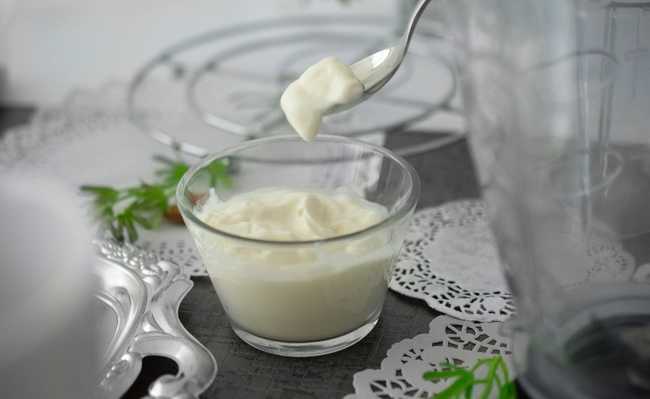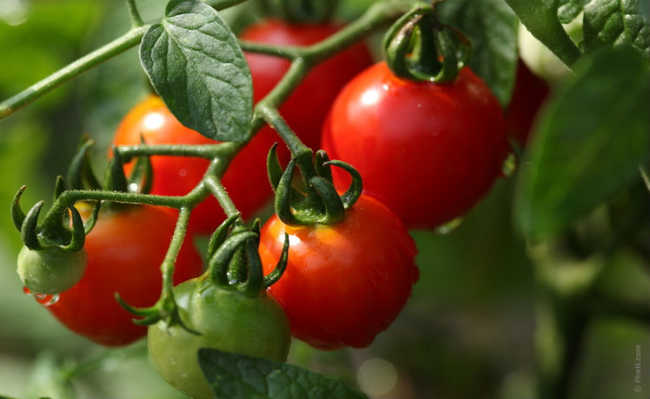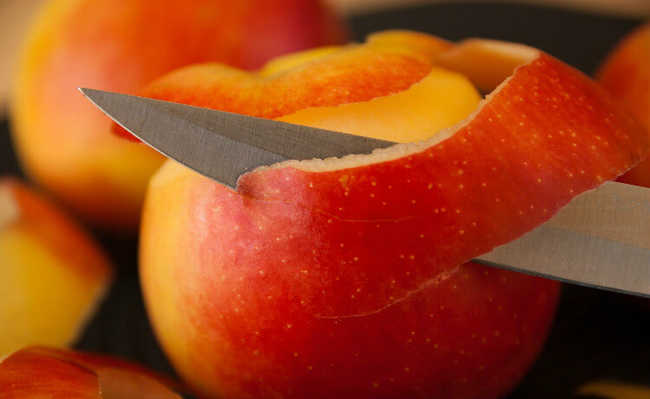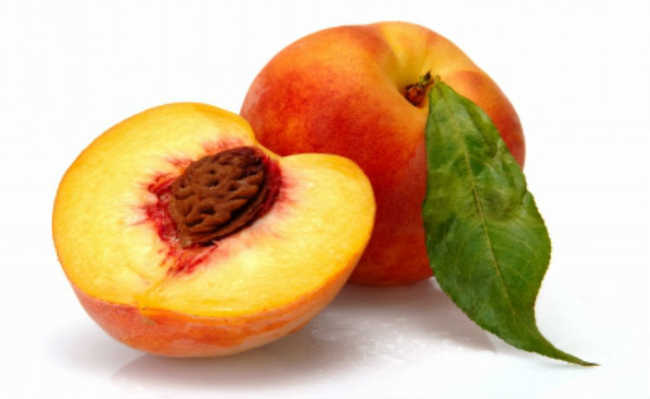Discover 12 benefits of beetroot
Beetroot helps treat varicose veins, athletic performance, body cleansing and more
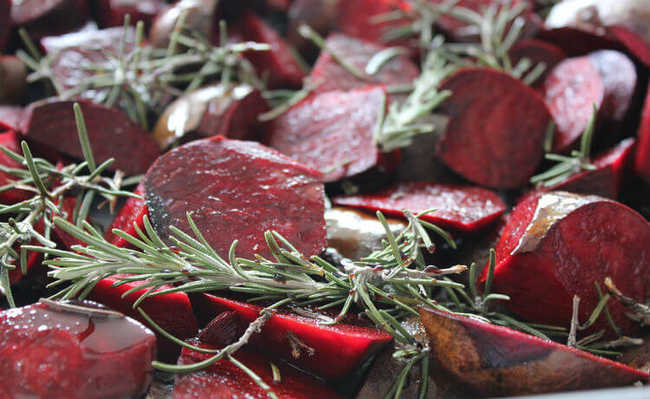
Edited and resized image by Daniela Mackova is available on Pixabay
Beetroot is a tuberous root typical of temperate climates. In Brazil, it is grown mainly in the Center-South, whose cultivation expanded with European and Asian immigration. Like lettuce and spinach, beets are a great source of nitrate. For every 100 g of beet juice, 42 kcal are provided; 1g protein; 0 g of fat and 9.9 g of carbohydrates.
Benefits of beetroot
Studies published by National Library of Medicine in the UK, by World Journal of Pharmaceutical Research and by the Faculty of Medicine of the Federal University of Rio Grande do Sul compiled a series of health benefits of sugar beet.
Below, we list twelve benefits of consuming beetroot juice shown in the studies cited:
Improves physical activity
In the form of juice, beets are able to increase performance and endurance in high-intensity exercise. This is possible because beetroot juice helps reduce oxygen expenditure, increasing power and the time needed for the athlete to reach exhaustion.
It is a source of vitamins and phytochemicals
Beet juice is a great source of vitamins and phytochemicals. Although the beet itself has practically no vitamin A, its leaves are very rich in this nutrient.
Beetroot contains large amounts of iron and folic acid. In addition, it is also a source of iodine, magnesium (Mg), sodium (Na) and calcium (Ca) and trace elements.
Helps in cases of thrombophlebitis
Magnesium, sodium and calcium contained in large amounts in beetroot juice have a complex effect on the body's vasculature and circulatory system, and help in cases of thrombophlebitis, which is the formation of clot in a vein associated with wall inflammation venous.
Prevents varicose veins
Sodium and calcium, which are present in beetroot at an optimal ratio of 50% and 5% respectively, remove excess calcium from the body deposited on the walls of blood vessels, which makes beetroot a great ally in the treatment of varicose veins.
It's good for the intestines
Because it is rich in trace elements, beetroot juice perfectly cleans the intestines, stimulates performance and improves peristalsis.
great for the thyroid
The iodine contained in beet juice is beneficial to the thyroid gland.
improves memory
In addition to being beneficial to the thyroid, the iodine present in beetroot juice improves human memory processes.
clean the organism
Magnesium salts clear the blood vessels of cholesterol plaque.
Prevents hypertension
The sodium and calcium present in beets, as they help to remove excess calcium from the body deposited in the walls of blood vessels, also help a lot in cases of hypertension.
In addition, they make it possible to improve oxygen consumption, which reflects on the quality of life of healthy individuals or those with pathologies in the circulatory system similar to hypertension.
good for the blood
The iron and folic acid present in beetroot have a favorable effect on the blood, improve the production of red blood cells, increase the hemoglobin level and therefore improve the nutrition of cells with oxygen.
Normalizes digestion
In addition to the benefits to the circulatory system, magnesium, sodium and calcium contained in large amounts help to normalize digestion.
metabolizes fat
Magnesium, sodium and calcium also improve lipid metabolism (fat metabolism).
how to use it
As it is a versatile food, the recipes that can be prepared with beetroot are diverse. See below how to prepare the juice or make the beetroot in its braised form. But remember, the papers evaluated the benefits of beets in the form of juice. The benefits of braised beets were not analyzed by the studies cited.
beetroot juice with lemon
Ingredients
- 1 beets, peeled and cut into pieces
- 1 lemon without seeds, white fibers and seeds (only the segment)
- 1 and 1/2 glass of water
- Cane molasses and/or brown sugar to taste
- beetroot branches to taste
Method of preparation
Blend all ingredients in a blender until juice is formed. Add ice, molasses and/or brown sugar to taste and drink without straining.
braised beetroot
Ingredients
- 6 cups of peeled and chopped beets
- 1 onion
- 4 strands of extra virgin olive oil
- rosemary sprigs or 1 drop of rosemary essential oil (optional)
- salt to taste
Method of preparation
Add the oil, the onion, the beets and the rosemary sprigs (optional) to the fire and let it cook until they cook. After cooked, taste and add salt to taste. Serve freely.
If in your case you choose to put 1 drop of essential oil in place of the rosemary branches, do the following:
Once cooked, make a space in the pan with a wooden spoon so that the drop of rosemary essential oil falls on the olive oil, and not directly on the beets. After placing the drop, stir the beets so that the aroma spreads throughout. Add salt to taste. Serve freely.
Beet leaf stew
Ingredients
- 1 bunch of beetroot leaves cut into thin strips
- 3 cloves of garlic
- 1 dribble of extra virgin olive oil
- salt to taste
Method of preparation
Add the oil, garlic and leaves to the pan following this sequence. Let it simmer until the leaves and garlic are cooked and stir from time to time so as not to burn. After cooked add a pinch of salt, stir and taste. If necessary, add more salt. Free refills. The flavor is very reminiscent of cabbage leaves.


